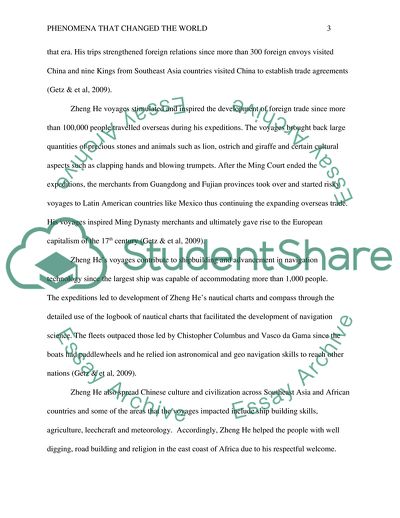Cite this document
(Phenomena that Changed the World Essay Example | Topics and Well Written Essays - 1750 words - 1, n.d.)
Phenomena that Changed the World Essay Example | Topics and Well Written Essays - 1750 words - 1. https://studentshare.org/history/1829857-final-essay
Phenomena that Changed the World Essay Example | Topics and Well Written Essays - 1750 words - 1. https://studentshare.org/history/1829857-final-essay
(Phenomena That Changed the World Essay Example | Topics and Well Written Essays - 1750 Words - 1)
Phenomena That Changed the World Essay Example | Topics and Well Written Essays - 1750 Words - 1. https://studentshare.org/history/1829857-final-essay.
Phenomena That Changed the World Essay Example | Topics and Well Written Essays - 1750 Words - 1. https://studentshare.org/history/1829857-final-essay.
“Phenomena That Changed the World Essay Example | Topics and Well Written Essays - 1750 Words - 1”. https://studentshare.org/history/1829857-final-essay.


